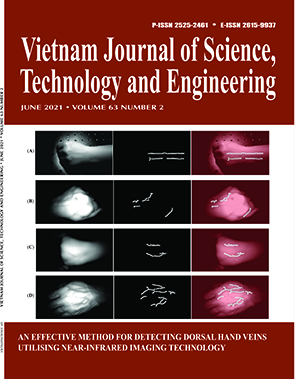Effects of red and blue light emitting diodes on biomass and astaxanthin of Haematococcus pluvialis in pilot scale angled twin-layer porous substrate photobioreactors.
Tóm tắt
The production of natural astaxanthin is usually accomplished by suspended cultivation of the microalgae Haematococcus pluvialis. In this study, for the purpose of cost reduction, H. pluvialis is grown in pilot scale angled twin-layer porous substrate photobioreactors with light energy from red/blue LEDs that can produce red light, blue light, or a combination of blue-red light. The total dry biomass of the microalgae reached a maximum of 40.74 g.m-2 under blue-red LEDs. The early initiation of blue-red LED illumination (on day 2) after algae immobilization in the biofilm resulted in the highest accumulation of astaxanthin in the dry biomass, which reached a maximum of 1.3% (w/w) after 10 d of culture.
điểm /
đánh giá
Phát hành ngày
2021-06-14
Chuyên mục
Bài viết

